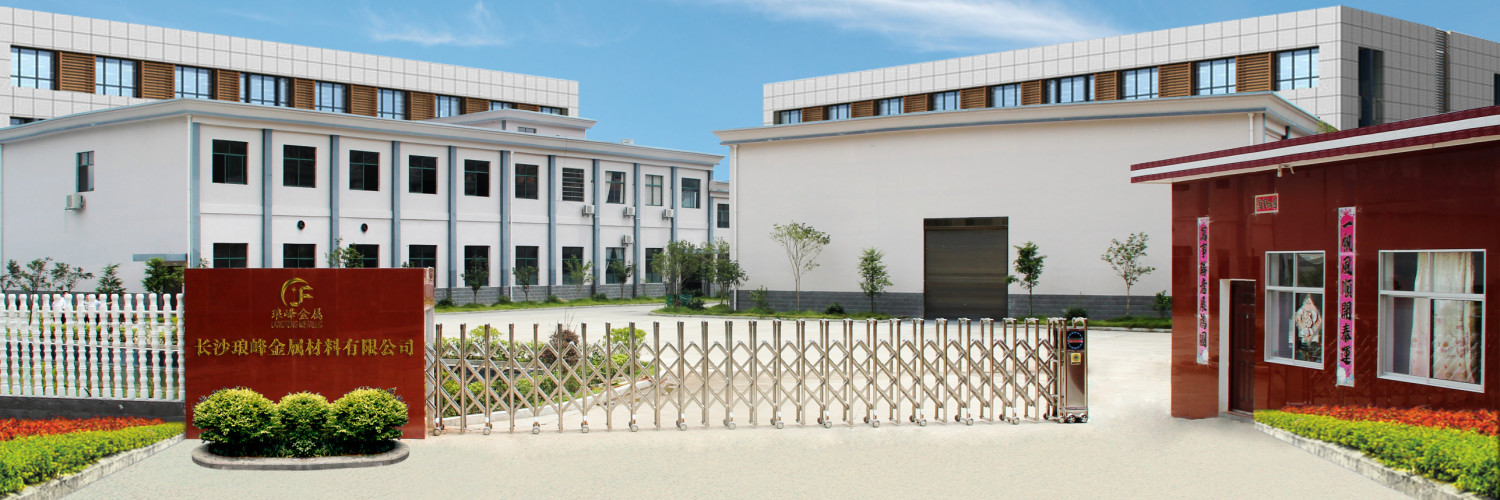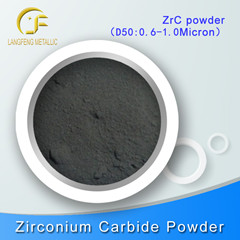4) in the non-ferrous metal workpiece copper alloy, aluminum or aluminum alloy, such as spraying the best selection of copper-based powder or aluminum powder.
5) use in corrosive media, requires a dense non-porous coating, should be based on the use of the work environment, temperature, density and composition of the medium, be selected to meet the conditions of use of plastic, ceramic or corrosion resistant metal spraying and then use the appropriate seal pore blocking agent coating process.
6) the bonding strength of the coating layer and the substrate: the traditional flame sprayed layer tensile bond strength is generally 20-30N / mm2, the use of Surface Engineering Co., Ltd. Shaanxi Branch of the latest development and production of multi-functional high-speed ZK8032 powder flame spray gun in ductile cast iron sandblasted surface coating aluminum clad nickel composite coating, the coating of the bonding strength of up to 63.7N / mm2; high although not as good as spray coating layer layer bond strength, but repair work between the lubrication of metal friction resistance failure is sufficient to meet the needs of parts through research unit calculation, Jiefang CA141 car loaded runs, seven crankshaft main journal shear stress concentrated on a spindle neck also only 15N / mm2;. on Dongfanghong 75 tractor then only 5.5N / mm2, the data is far below the shear strength of the coating layer.
7) sprayed layer wear: automobile crankshaft spraying, for example, spraying the crankshaft main journal and new compared to the higher wear resistance, once I sprayed in Japan Hino Motors crankshaft main journal repair through overhaul check the abrasion of 0.022-0.03mm, the spindle neck wear amount without spraying repair is 0.2-0.25mm, the amount of wear almost tenfold difference from this example can illustrate sprayed layer has good abrasion resistance, even in lack of oil in the engine case still insist on running for hours without bush-burning axle phenomenon.
8) spray coating process with distinction:
① and bonding layer and the substrate metal spray coating layer is formed of different nickel clad exothermic chemical reaction occurs when heated by the flame spraying beam in by sand-blasting of Sa3 level, RZ> 50μm formed on the surface of carbon steel micro metallurgy working in conjunction with the underlying layer and have a “anchors” effect mechanical bond coating, spray layer are bonded and the substrate is purely metallurgical bonding coating.
② different coating materials, spray requires the use of self-fluxing alloy powder, and spraying is less demanding self-fluxing powder, and is not necessarily self-fluxing alloy powder, a variety of self-fluxing alloy powder used for both spray but also for spraying, powder coating but do not have the self-fluxing can not be used for spraying and spray process.
③ workpiece heating situation is different, and spray coating process, spray different preheat temperatures, different heat-affected parts, the organization of the work, the performance is also different after spraying.
④ different coating dense, compact layer of spray, and sprayed layer in a small amount of porosity.
⑤ different load bearing capacity, spray coatings are generally able to withstand large-area contact, and more in the lubrication conditions in work surface, with the surface and the other a smaller force operating conditions using spray layer able to withstand greater impact force, compressive stress or exposure to stress.
Stay tuned for detailed product information company official website: http://www.metalcarbidepowders.com/,please contact: info@langfengmetallic.com


Be the first to comment on "Technical Tips of Metal Powder Flame Spraying (Welding) Process points 2"